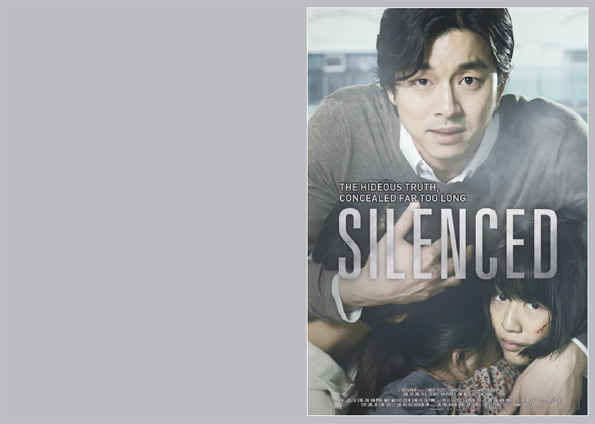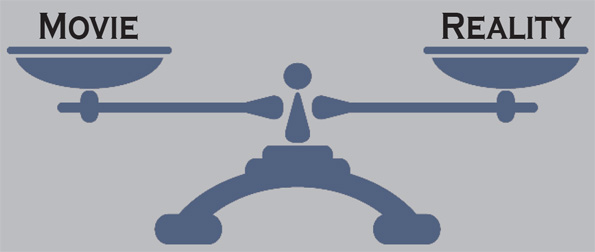As more and more people enjoy cultural life, the demand for movies has increased. Movies have become so powerful that went beyond a part of cultural life. Most people love movies. There are different genres that people prefer, and there are various movies that are shown. CBT will critique a number of movies that cover social issues and pose questions to audiences. People can get absorbed in watching scenes in outstanding movies. Let’s find out how such films affect society. -Ed.
1) Movie: ‘Han Gong-ju’
The film is based on a sexual assault by a group of teenagers in Milyang, Korea. The incident involved 44 high school students committing mass sexual assault, beating, threatening and raping a middle school girl from January 2004 until the end of November of that year. To make matters worse, the victim was refused a request to be questioned by a female police officer. Also, the police officer’s careless investigation exposed the victim’s personal information. ‘Han Gong-ju’ shocked audiences by depicting these events in detail. Also, Chun Woo-hee, who plays the main character of the movie, won an award, even though she is a new actor, at the Blue Dragon Film Awards. In addition, at that time, 64% of citizens of Milyang said that victim was responsible for the violence. The most noteworthy aspect of the film is that victims of sexual violence do not have to hide in the shadows anymore. In the past, victims of sexual violence have hidden the fact that they were sexually assaulted for fear of their future or that they would be viewed negatively.
2) Movie: ‘Dogani’
This movie is about one of the most controversial social issues and was covered in the novel ‘Dogani’, a novel about deaf children at In-hwa School in Gwangju. Sexual assaults were committed by the principal and faculty. The preview of this movie was held for only three days, but it attracted 80,000 viewers and surpassed 4 million in just 20 days. Since the release of the film, the actual school has closed. People became angrier because of the crimes they committed against deaf people and urged the government to act swiftly. Thus, the government announced an amendment to the Special Act on the Punishment of Sexual Violence, which increased the sentences from 7 to 10 years for sexual assault of disabled people and children under 13 years of age and increased the scope of sentences to life imprisonment for sex offenders. The movie ‘Dogani’ became a turning point for the public discussion of sexual violence and the abuse of the socially weak. It has led to a series of major changes, including the reinvestigation of the case. Also, it helped change the law. Koo Ja-min (’17, Dept. of Biology), a student who watched the movie, said, “I watched the crimes of sexual violence, rape, and abuse against young students, especially those with hearing disabilities. Moreover, it was very frustrating that these events had been going on for four to five years and the police had also ignored them. The fact that the teachers and adults who should have protected the children had become perpetrators and spectators surprised me. I hope that these films will continue to be released and continue to report social problems in the future.”
These films serve as indictments of the problems in our society. In particular, when a direct solution to a problem cannot be solved by a group of victims, it can be done by means of a movie. The film also asks the audience to come up with a solution or to try to find a solution together.
3) Movie: ‘Kim Kwang-seok’
The film raises questions about the death of the late singer Kim Kwang-seok. Lee Sang-ho, the director of the movie, wondered if Kim Kwang-seok’s death was a murder. Kim’s death ended with suicide, but reporter Lee Sang-ho suspects that he was murdered because there were so many conflicting testimonies by Kim’s wife. Looking at the contents of the movie, all circumstantial evidence was directed at Kim’s wife, Seo Hae-soon. After the release of the film, anchor Sohn Suk-hee interviewed Seo Hae-soon in the JTBC News Room to ask questions about Kim’s death. Since the interview, some people have responded that Seo’s interview attitude seemed to be unstable and that Seo may have killed Kim Kwang-seok. People have been shocked by the information, but the case has already been settled on the basis of the principle of prohibition of double jeopardy.
The aforementioned films can be a good way to bring the dark realities to the surface of our society and can provide a chance for resolution. However, people who access information only through movies can see them in narrow terms because of the limited information that a movie offers. Therefore, the intention of the film can lose its color. As many people enjoy culture, filmmakers should be very careful in making movies, and the audience should not necessarily believe popular movies are always accurate, but they should ponder whether the film is socially meaningful. Film critic Lee Sung-jin said, “The role of reporting social issues to people falls mostly on the media. However, when there are social problems in which the media is corrupt or the problem is not highlighted properly, movies serve to convey the message more easily and interestingly. In films dealing with social issues, the very fact that people show an interest is what affects society. The more people know, the more important the problem becomes and the more they will perceive it as a social issue, not an individual one. Lastly, the essence of a movie is to reflect society. Every movie has its purpose and conveys to people what the director desires. However, we must scrutinize whether the film’s purpose and central contents are directed toward making a desirable society. We can say that a movie is a good movie only when it depicts an appropriate picture of our society, exposes a problem, and shows a way to solve it. That’s why we have to look at whether films are working as window openers or window screens.”
By Nam Min-woo l mw38@cbnu.ac.kr



 All
All Feature
Feature






 Nam Min-woo
Nam Min-woo











